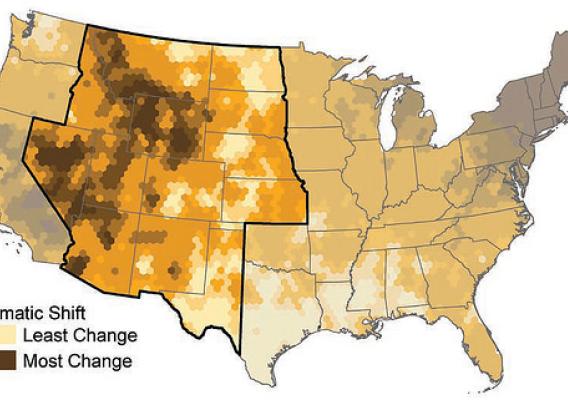USDA is committed to addressing the challenges of international trade, and providing solutions. As we look forward to USDA’s annual Agricultural Outlook Forum, Feb. 19-20, 2015, in Arlington, Virginia, speakers and attendees will have the opportunity to discuss relevant issues on a wide range of international as well as domestic topics.
We live in a world where domestic agriculture and international trade are inseparable. We can’t talk about one without discussing the other. In 2014, American ag exports soared to a record $152.5 billion, and accounted for 20% of U.S. agriculture income.
Trade and foreign market access affect not only rural economies, but the overall economic health of nations - including ours. In that spirit, I’m happy to welcome Phil Hogan, the European Commissioner of Agriculture and Rural Development, to the 2015 Agricultural Outlook Forum. He will join our own Secretary Tom Vilsack during the plenary session for a discussion that promises to be insightful.






